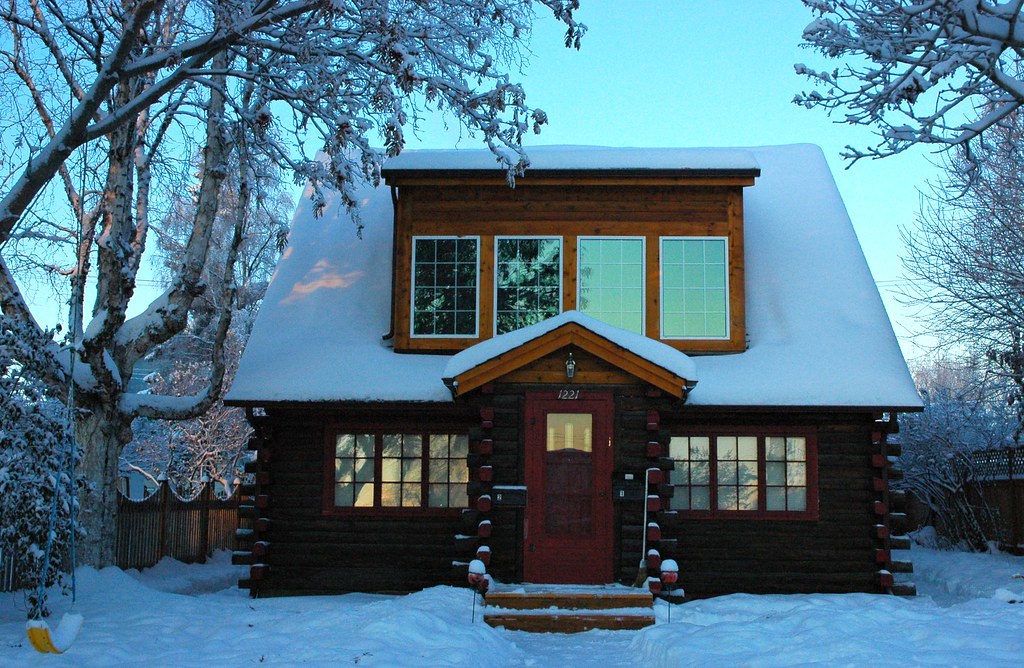Winter brings a unique set of challenges for homeowners, and one of the most common problems faced during this season is roof leaks. Understanding the causes of roof leaks during winter is crucial for protecting your home from water damage and ensuring a safe and comfortable living environment. Read more to learn about the typical and primary causes of roof leaks during winter
One of the primary causes of roof leaks in winter is the formation of ice dams. Ice dams occur when snow accumulates on the roof and melts due to heat escaping from the attic. The melted snow then refreezes at the roof's edge, creating a barrier that prevents water from draining properly in your downspout. As a result, water backs up and can seep under shingles, leading to leaks. Proper insulation, attic ventilation, and removing snow from the roof can help prevent ice dam formation.
Condensation is another common cause of winter roof leaks. When warm, moist air from the interior of your home comes into contact with the cold roof surface, it condenses into water droplets. Over time, this condensation can accumulate and find its way through small openings or compromised roofing materials, causing leaks. Ensuring adequate insulation and ventilation in your attic helps regulate temperature and reduce condensation.

Existing roof damage can be exacerbated during winter, leading to leaks. Age-related deterioration, missing or damaged shingles, cracked flashing, or compromised seals around vents and chimneys create vulnerable areas for water penetration. As snow and ice accumulate and melt, water can seep into these weakened spots, causing leaks. Regular roof inspections and addressing any maintenance issues before winter can help prevent roof damage and subsequent leaks.
Winter weather brings fluctuating temperatures, with freezing nights and thawing days. These freeze-thaw cycles can be detrimental to your roof. When water penetrates small cracks or gaps in the roof during the day, it can freeze overnight and expand, widening the openings. Subsequent thawing allows more water to enter, repeating the cycle and increasing the risk of leaks. Proper roof maintenance, including sealing cracks and gaps, helps minimize the impact of freeze-thaw cycles.
During winter, gutters and downspouts can become clogged with leaves, debris, or ice, preventing water from draining properly. As a result, water can overflow and accumulate near the roof's edge, increasing the likelihood of leaks. Regularly cleaning and clearing your gutters and downspouts, especially before winter, is crucial for preventing roof leaks.
Heavy snow accumulation on your roof can pose a significant risk. Excessive snow load can exert pressure on the roof structure, causing it to weaken or even collapse. Additionally, as snow melts, the water can seep into cracks or compromised areas, leading to leaks. Regularly removing snow from the roof using a roof rake or hiring professionals helps prevent excessive snow buildup and potential roof leaks.
We strongly recommend hiring professionals to help you address roof leaks promptly and without issues. A dependable company like SJ Winn Construction ensures your roof's installation is as the manufacturer intended and covered under warranty. Call us today to learn more about them.
156 Torrington Rd., Winsted,
Connecticut 06098
Phone: 860-379-8863
Email: sjwinnconstruction@gmail.com